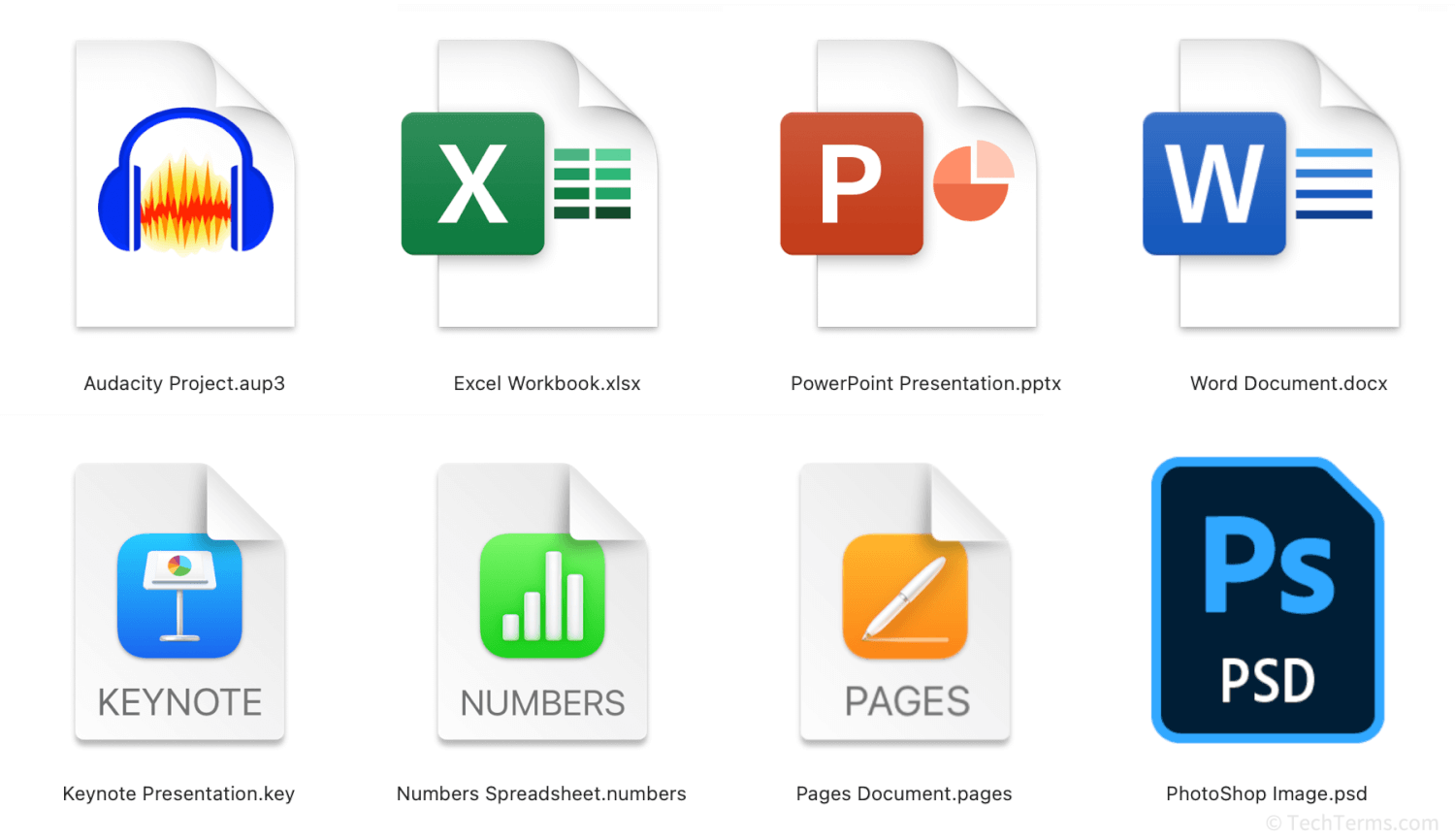Native File
A native file is a file format created for a specific software program. A program's native file format supports all of the program's features and functionality in a way that other similar file types may not. Other programs may or may not recognize these proprietary file types without conversion, which may affect how some data is formatted. If a program has a native file format, it will save new documents in that format by default.
By designing the native file format along with the application itself, developers can ensure that the native file supports all of the application's features. For example, Microsoft Word's native file type is DOCX, which supports every text formatting and page layout feature present in Word. Using the command to save a Word document as another file type, like RTF or ODT, may cause some elements to lose their formatting, change appearance, or lose their editability. If you want to preserve a native file's appearance while sharing it with someone who doesn't have the application, saving a copy of it in a more generic format, like PDF, is a good idea.
Not all applications necessarily have a native file type. Some applications save to standard file formats instead of proprietary ones. For example, basic image editors like Microsoft Paint save new files as common image formats like BMP and PNG, while many text editors use TXT and RTF as their default file types.

 Test Your Knowledge
Test Your Knowledge